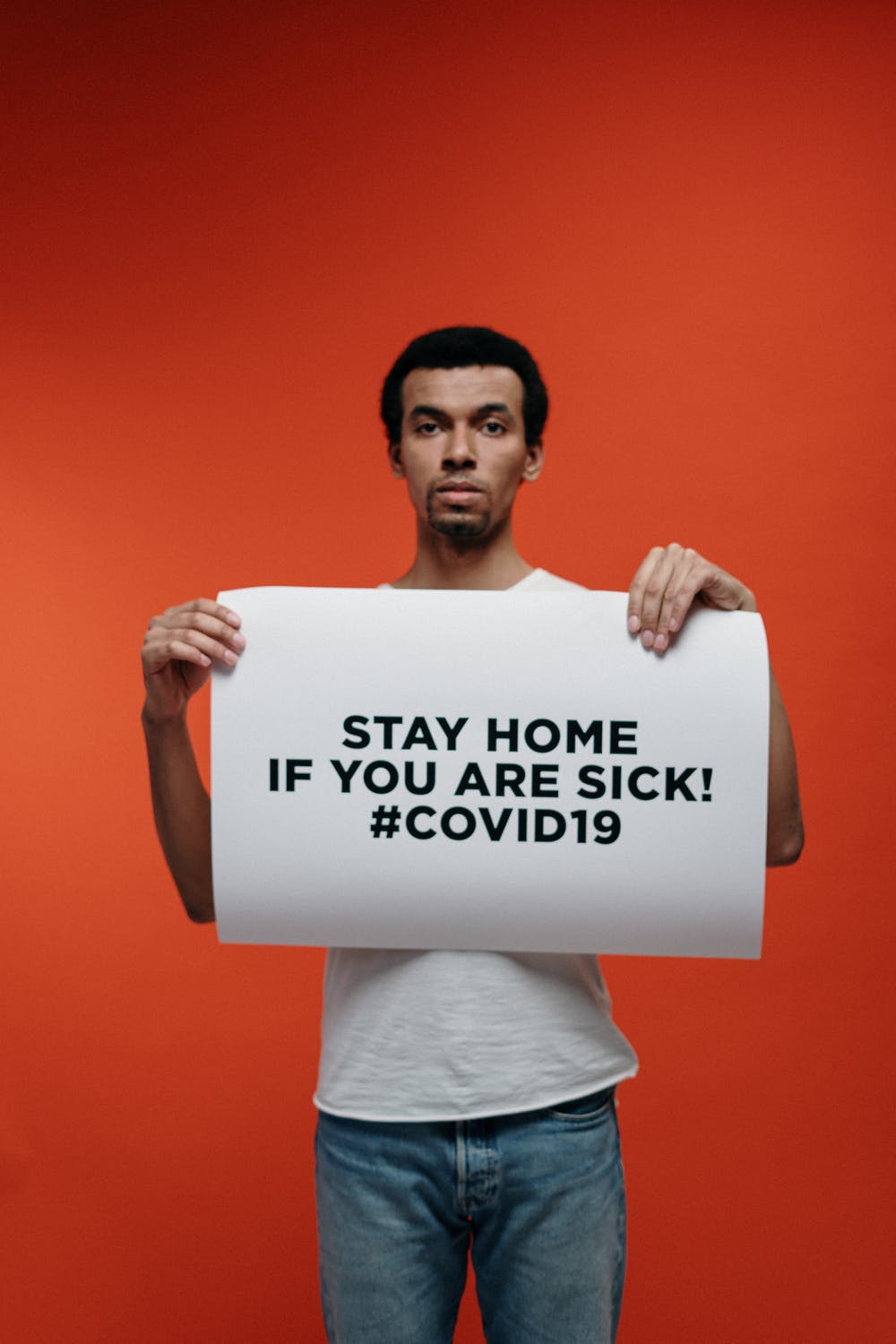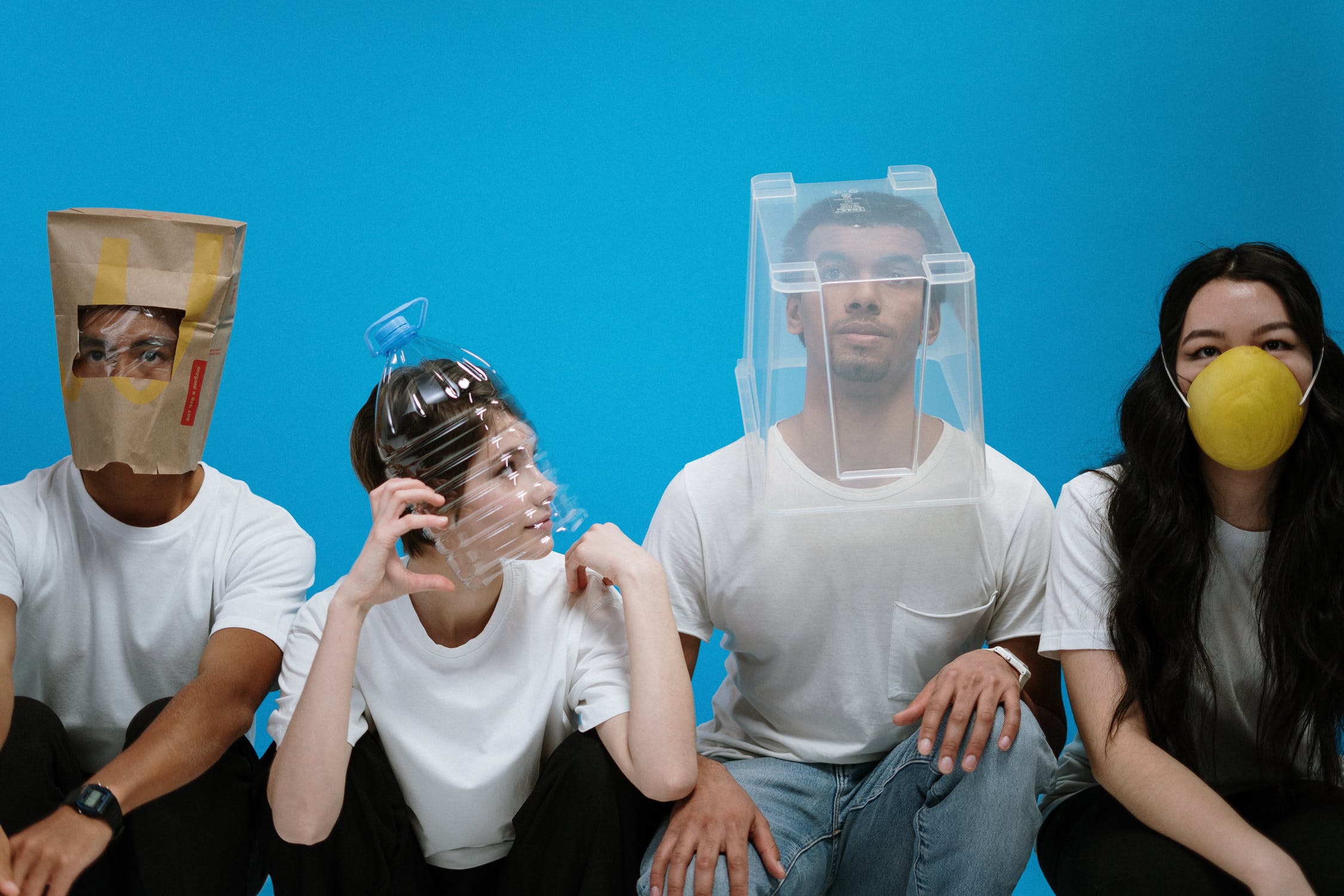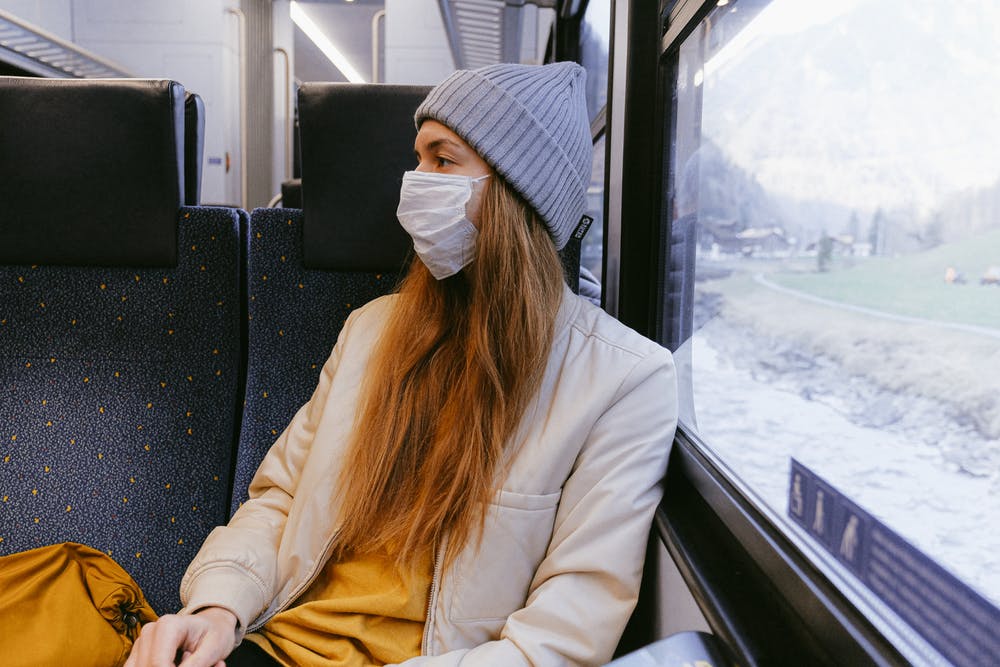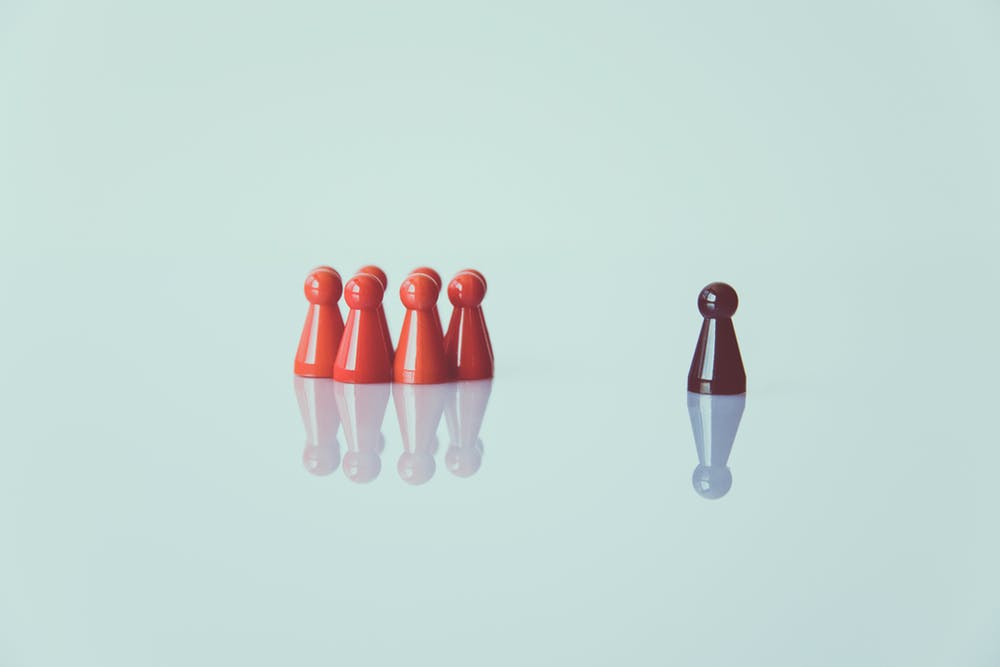The concepts of social distancing and self-quarantine are being interpreted in a variety of ways, not always correctly. Here’s a guide to help you make the right decisions.
“I saw people from my window outside playing in the park together, and I thought, ‘This is crazy, “Why did we close the schools if we’re going to shift social contact from the schools to the playground?”
With a sense of urgency, he sent his wife an email to share with friends and post on Facebook. It quickly went viral and was later under the headline: “Social Distancing: This Is Not a Snow Day.” To slow the coronavirus, we must act quickly and start “making daily choices to stay away from each other as much as possible.”
But how to make those choices has not always been clear. Concepts like “social distancing,” “self-quarantine” and “isolation” come from the lexicon of the infectious disease community (and scary movies). Here in real life, parents, workers and even government leaders are struggling to make sense of it all. Here’s a guide to help you make good decisions, based on advice from infectious disease and public health experts.
Social Distancing
Social distancing is ultimately about creating physical distance between people who don’t live together. At the community level, it means closing schools and workplaces and canceling events like concerts and Broadway shows. For individuals, it means keeping six feet of distance between you and others while in public and avoiding physical contact with people who do not share your home.
But one aspect of social distancing — the admonition to avoid gatherings of 10 people or more — has created a lot of confusion. It has given the impression that while public indoor events are bad, it’s OK to host up to nine people at your home or outside. That is not correct. Right now everyone should limit close contact, indoors and outdoors, to family members only. This means no dinner parties, no play dates, no birthday parties with a few friends.
Who should do this? Everyone.

Shelter in Place
In a nutshell, this means stay home. Don’t leave the house unless you absolutely have to. Don’t socialize with people outside your family. Don’t go to a friend’s house for dinner or invite a trusted friend over.
During a shelter-in-place order, you are typically allowed to go outside for essentials — to pick up groceries or prescriptions — but you should limit those trips to no more than once a week if possible. People with essential jobs — public safety, medical, sanitation or grocery worker — can still go to work. And you can visit someone if you are their caregiver.
There is a bright spot. In most cases, a shelter-in-place order allows you to walk the dog or exercise outside (for brief periods) as long as you keep a six-foot distance from others.
“Right now I’m recommending to my family and to people who are asking that outdoor activities that are solitary or done in parallel with someone who is far away is fine, “We’re trying to avoid face to face contact, especially in close up and confined spaces.”
Who should do this? Everyone who lives in an area with a mandatory shelter-in-place order, including some communities. But many infectious disease experts say that everyone else should also voluntarily shelter in place to prevent the virus from spreading. “People should really be keeping to themselves,”

Self-Monitoring
This means regularly checking your temperature and watching for signs of coronavirus infection, including fever, shortness of breath and coughing. A person who is self-monitoring should already be staying home and limiting interactions with others.
Who should do this? Self-monitoring is for people who learn they might have been exposed to the virus but had only distant contact with the infected person. This might be someone in your orbit — for example, a colleague, a speaker at a conference or the parent of your child’s classmate — but not a person with whom you had close physical contact. Consult with your doctor to see if self-monitoring is recommended for your specific situation.
Self-Quarantine
This term is used to separate and restrict the movement of someone who is well but who recently had close contact with a person who later was diagnosed with the virus. A person in self-quarantine should follow all the rules of sheltering in place, except they should avoid going to stores or interacting with the public even on a limited basis for a 14-day period. (A friend should bring you groceries.)
Quarantine means staying home and away from other people, including those in your household, as much as possible, for a 14-day quarantine period. A person in self-quarantine should sleep in a separate space from family members.
Who should do this? Anyone who does not have symptoms, but who had close contact with someone who later became ill.

Self-Isolation
Isolation is used to separate a person who has a diagnosed case or someone who has distinct symptoms including a cough, fever and shortness of breath, but hasn’t yet been tested or received test results. A person in isolation should be confined to a separate room with no or minimal contact with the rest of the household (including pets) and use a separate bathroom if possible. Most of the time, a sick person will feel a bit miserable, but he or she can pick up food trays left at the door and sanitize a shared bathroom after using it.
Who should do this? Anyone with a confirmed case of Covid-19, in consultation with their doctor, a person waiting for test results or a person with obvious symptoms who is still waiting to be tested. Everyone else in the household should self-quarantine.
Official or Mandatory Quarantine
A government-imposed lockdown on a community, as has happened in Italy, in which movements are severely restricted. People can still go out for essentials and to get fresh air, but they can do so only under strictly controlled conditions or on a specific schedule imposed by public safety officials.
Who should do this? Everyone who lives in an area under quarantine.
A true love for health


Recent Comments